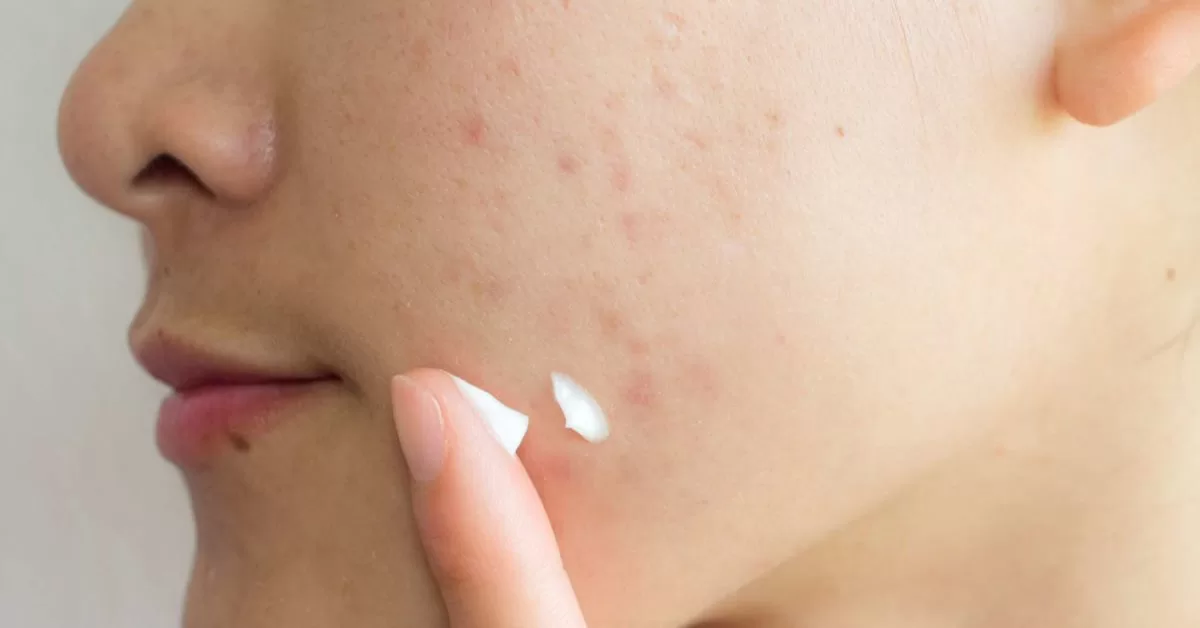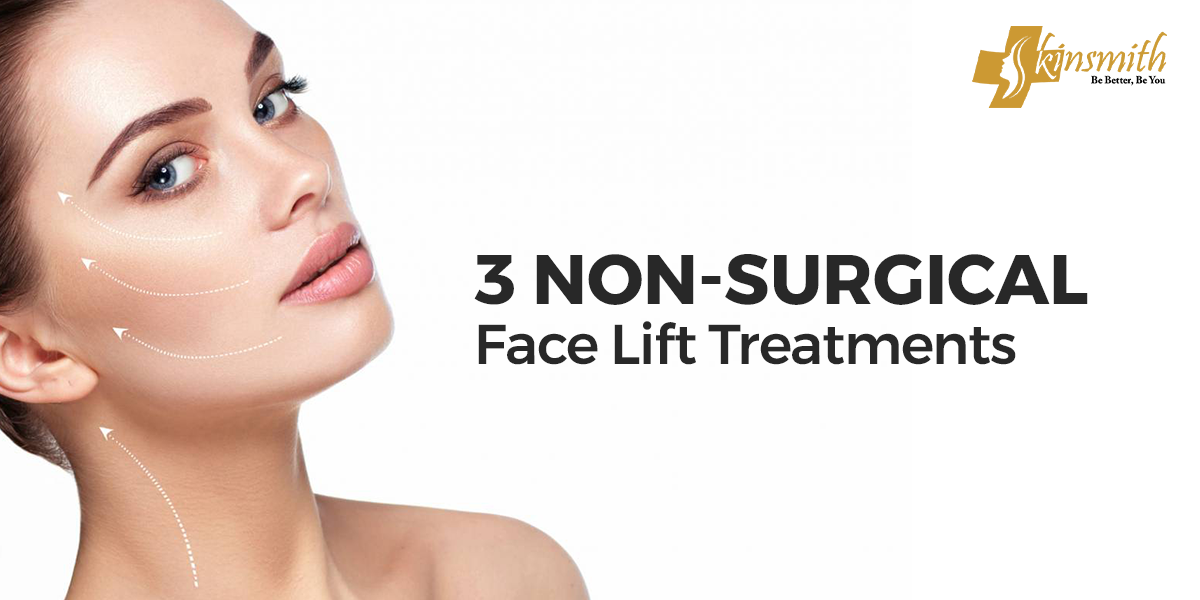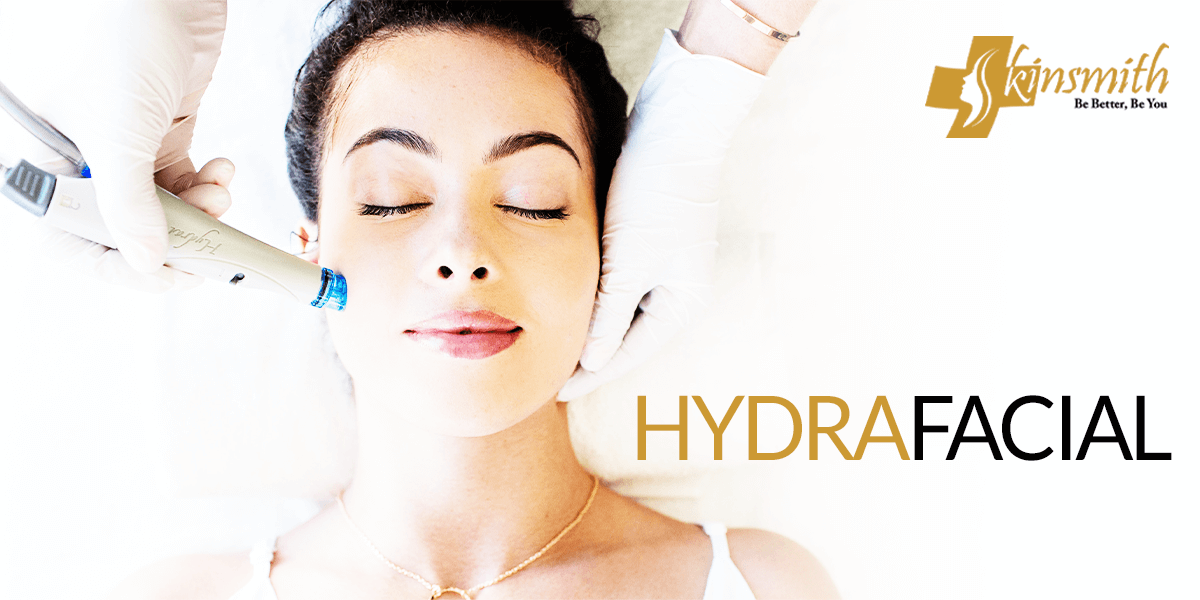Acne is a medical condition that requires getting it checked before it worsens. It is always recommended to see a doctor if the acne starts popping out on the face. This is to be done immediately and essentially to control the condition and eliminate the underlining cause.
Acne is a skin condition that occurs to almost everyone at some point in life but it is more commonly seen during puberty; among teenagers and young adults.
It is a medical condition in which skin gets spots, pimples, oily skin, whiteheads, and blackheads with open pores, which are sometimes hot and painful to touch. In severe cases, inflamed patches are seen (cysts) which are painful.
What are the common terms used for acne?
It is commonly known as Acne vulgaris, cystic acne, Zits, or pimples.
Which are the areas prone to acne?
The areas having more sebaceous glands also termed oily glands are more prone to get acne This includes:
- Face- this affects everyone with acne
- Chest affects half of the population’s
- upper back and shoulders. 10-15% of the population is affected.
When to see a dermatologist for acne?
Generally, the mild type of acne is usually treated through home remedies by people and it often does not require visiting the doctor. Most of the time it is managed by over-the-counter medicine. If the symptoms are not resolved by ten weeks so it is advised to see the doctor.
For moderate to severe acne, it is advised to see a dermatologist in Islamabad because OTC drugs are not effective for such acne and lead to scarring.
How can a dermatologist help?
A dermatologist in Islamabad helps in treating acne through various antibiotic therapies prescribed both for oral and topical use. they can also help reduce acne scars and advise the patient to help prevent scarring.
The treatment of acne depends upon its severity, Starting from a very basic regimen of low-dose antibiotics to the high dose retinoids, sometimes steroid injections are prescribed for severe cystic acne.
How do the drugs help in treating acne?
There are various acne medications that help through the following mechanisms :
- Retard Bacterial growth.
- Prevent excess production of the oil through sebaceous glands.
- Constrict the open pores on the skin to prevent bacterial growth.
Is It worth seeing a dermatologist for acne?
Yes, it is always helpful to see a dermatologist for acne as the condition can be managed before getting worse.
What is the underlining cause of acne?
- The underlining cause of acne is commonly linked to hormonal changes, most commonly seen at puberty. But, may affect any age.
- Certain hormones produce excess sebum(oil) in the glands next to hair follicles which coagulate the pores of the skin and leads to the aggressive behavior of the normal skin bacteria P.acne as its harmless activity retards leading to the production of the puss cells and ultimately cyst.
- Secondly, hormones also thicken the inner layer of the hair forming the pores whichlicle, blocki cause pimple-like growth on the skin.
What are some other causes of acne?
There may be several other causes for acne few of them are listed below:
- Inheritance, if the condition is running in the family.
- Hormonal changes during the menstrual cycle
- Changes during pregnancy produce episodes of acne in women.
Is acne a medical condition?
Yes, Acne is a medical condition presenting signs and symptoms in a patient but this is treated cosmetically.
What are acne scars?
Scars are the marks developed after severe acne on the face chest and upper back region, about 80% of people get acne between the age of 11-30, and among them, 17% of people get acne scars.
How are acne scars formed?
These are formed after severe acne. as the formation of cyst or papules affects the inner layer of the dermis the pores are inflamed, swell, and gets damaged leading to the formation of scars. A few of them are shallow so they heal quickly the rest which is deep take time to heal or do not heal mostly.
What is the treatment for Acne scars?
Mild scarring can be treated by the gels and creams which are supposed to be applied topically.
Moderate to severe scarring requires professional cosmological procedures. With which the results are rapid and better.
What are the procedures for treating acne scars?
Some of the noninvasive procedures for treating acne scars are listed as follows:
- Micro-needling
- Co2 laser
- Chemical peels
- Fillers
- PDO thread
- Fillers
- Fractional lasers e.t.c
Will the current acne breakout interfere with the acne scar treatment?
Yes, one’s skin needs to be infection free before acne scar treatment otherwise the treatment procedures will not be effective rather there may be chances that the infection may worsen.
Can scars be treated at home?
Yes, mild scars can be treated at home by OTC medications, but it is always important to get a piece of advice from a dermatologist before using any type of medication.
Name OTC medications that can be used at home for treating acne scars.
Some of the OTC medications used to treat acne scars are as follows:
- Salicylic acid
- Lactic acid
- Alpha hydroxyl acid
- Retinoids.
Mild scars can also be covered up by makeup products. There are many makeup products that are suitable for hiding acne scars.
Are invasive surgeries used to treat the scars?
Sometimes minor surgeries are done to lift the skin tissues at the normal skin level to heal up and remove the scar. This is performed when the patient is awake, only numbing of the targeted area is done to keep the procedure painless.
IS treatment of scars done on the area other than the face?
The treatment of the acne scar depends upon the location of the scar. If the scar is not noticeable doctors may not consider treating the area.
Is the treatment of the scars worth it?
Yes, the treatment is successful. through cosmetological procedures, the scars are improved and the skin looks as smooth as before. Severe scars may take a couple of months to heal.
Is scar treatment safe?
Yes, scar treatment is safe as these procedures are approved by the health authority of Pakistan.
Conclusion:
Acne is a medical condition that affects almost everyone starting from teenagers to young adults. It is always recommended to see a dermatologist whenever the acne is unmanageable, to prevent acne scars and other complex conditions linked with this medical condition.










